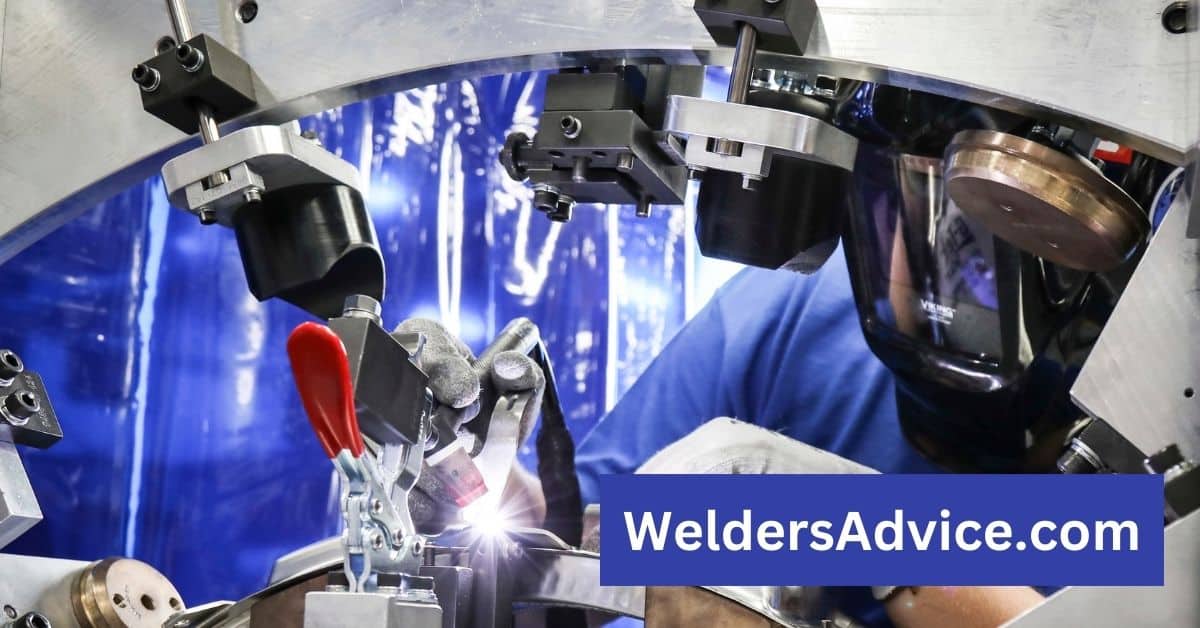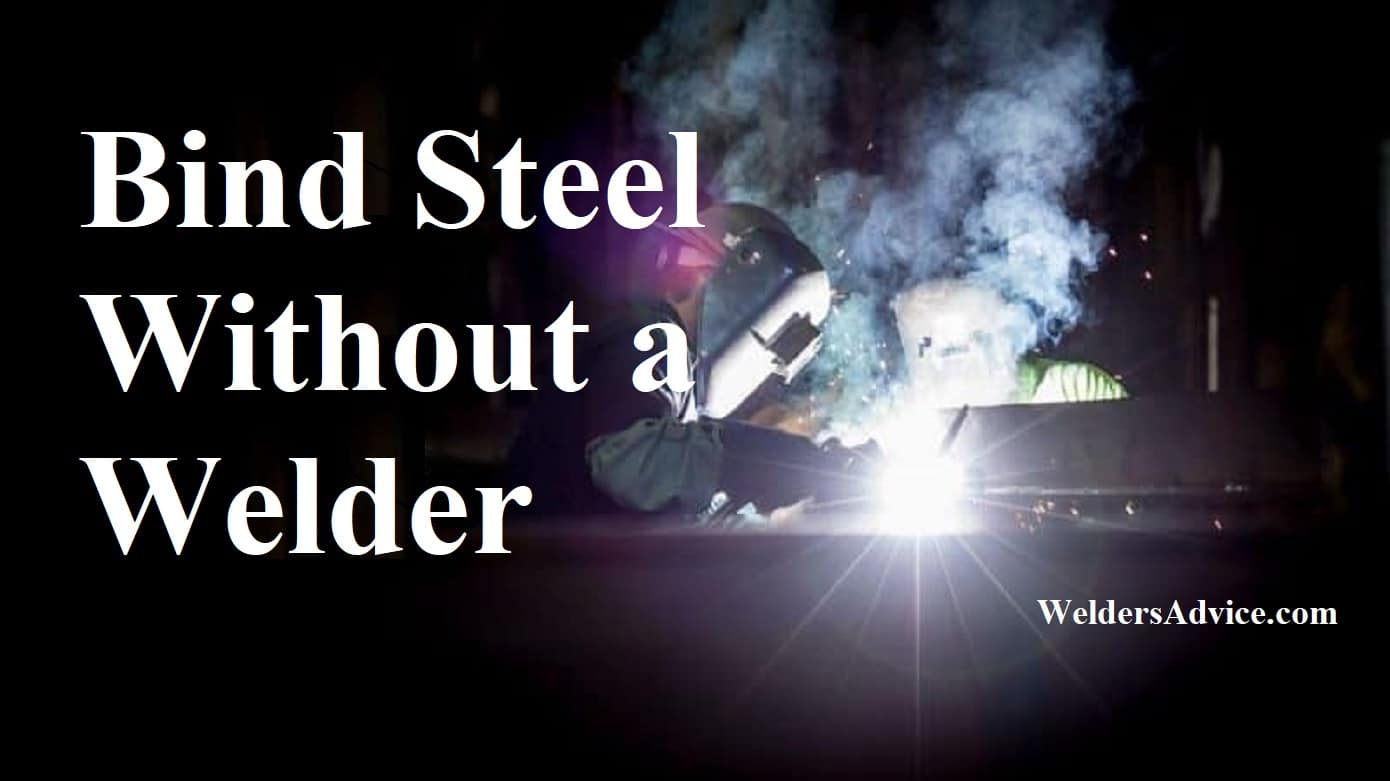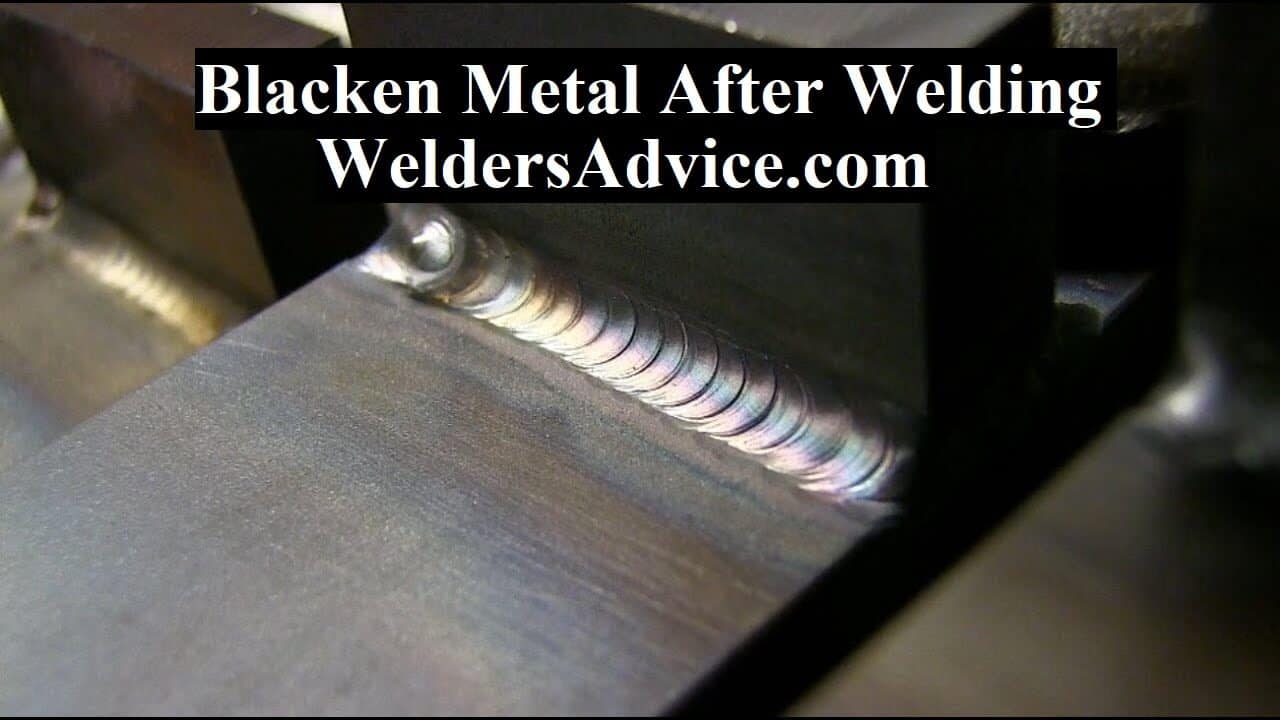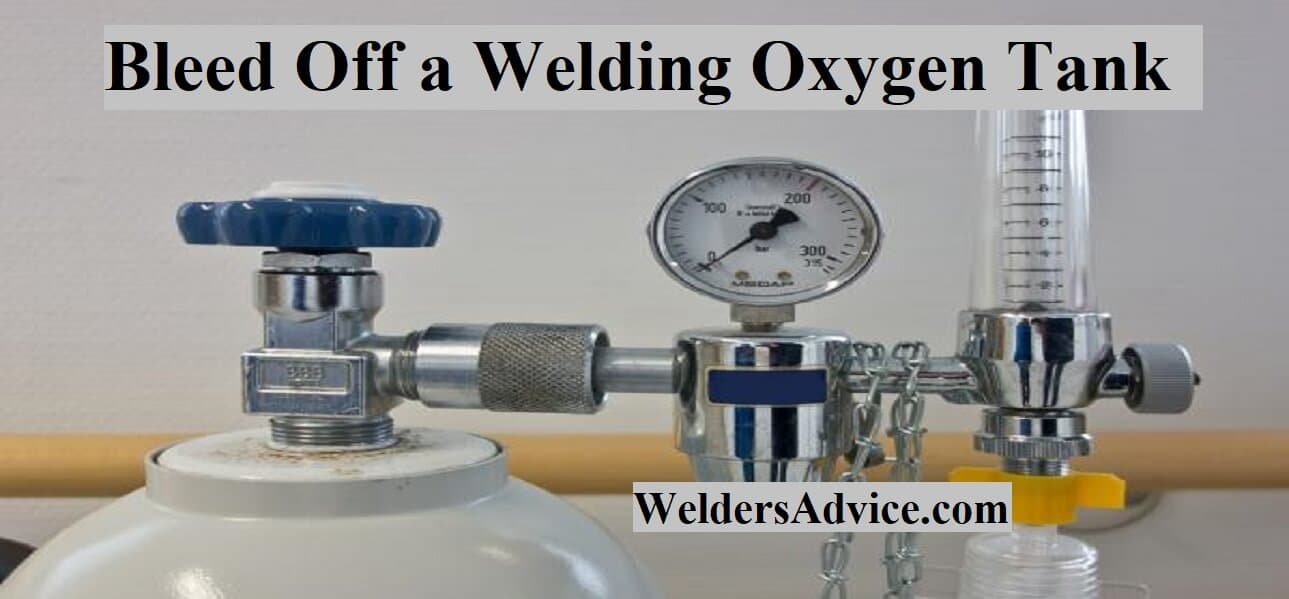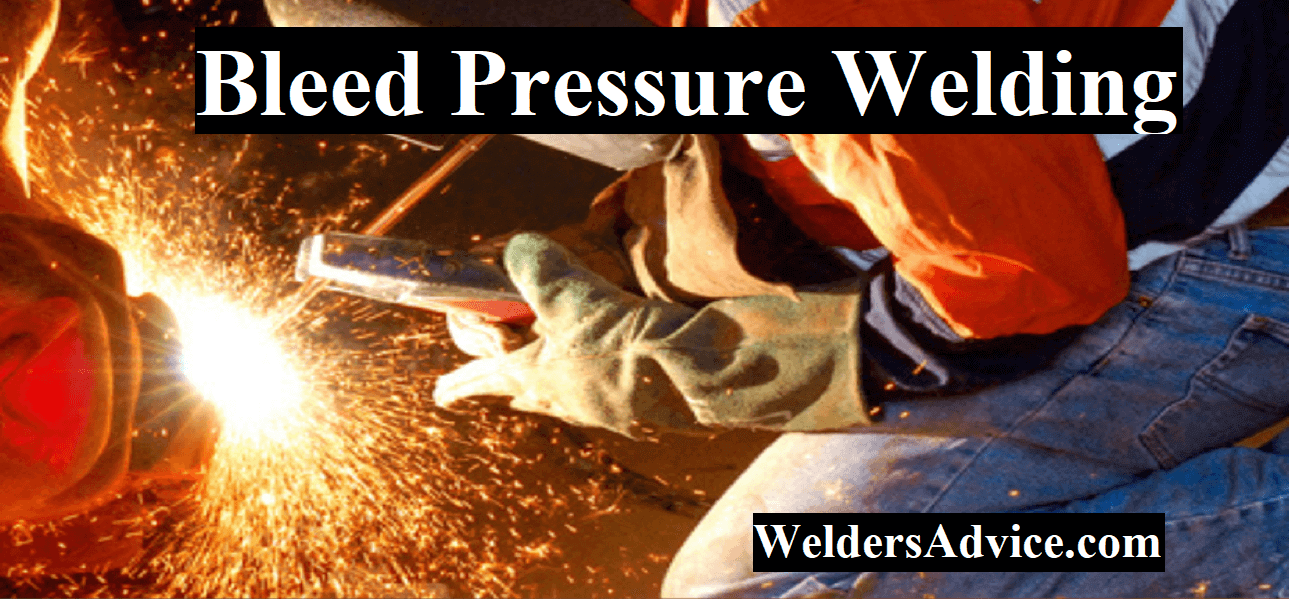An aerospace welder is a skilled professional who combines metal parts using heat and pressure. Aerospace welders must be highly skilled and experienced to produce quality welds that can withstand the extreme conditions of flight. They must also be able to work in tight spaces and have a keen eye for detail. If you want to know how to get into aerospace welding, read this blog.
- Aerospace Welding: The Art of Joining Metals in the Skies
- What is Aerospace Welding?
- The Importance of Aerospace Welding
- The Challenges of Aerospace Welding
- Working with Exotic Materials
- Working in Tight Spaces
- Dealing with Extreme Environments
- Meeting Strict Quality Standards
- The Future of Aerospace Welding
- How to Become an Aerospace Welder
- What are the requirements for getting into aerospace welding?
- Improve your chances of getting into an aerospace welding program
- What are the benefits of studying aerospace welding?
- Final Thoughts
Aerospace Welding: The Art of Joining Metals in the Skies
As an integral part of the aerospace industry, welding plays a crucial role in the construction and maintenance of aircraft. From the fuselage and wings to the engines and structural components, welders are responsible for ensuring the strength and integrity of every aspect of an aircraft.
But what exactly is aerospace welding, and what makes it different from other types? This article will delve into this to provide a comprehensive overview of this specialized field.
What is Aerospace Welding?
Aerospace welding combines metal parts in constructing or repairing aircraft and spacecraft. This type of welding requires a high level of skill and precision, as the welds must withstand extreme loads and environments.
Unlike other types of welding, this often involves working with exotic materials such as titanium, aluminum, and other alloys that require special techniques and equipment. Welders in the aerospace industry must be knowledgeable in various welding processes, including gas metal arc (GMAW), shielded metal arc (SMAW), and tungsten inert gas welding (TIG).
The Importance of Aerospace Welding
An aircraft’s safety and reliability depend heavily on its welds’ quality. Any flaws or weaknesses in the welds can lead to structural failure, which can have catastrophic consequences. As such, aerospace welding requires the utmost attention to detail and a commitment to following strict industry guidelines.
In addition to ensuring the safety of the aircraft, aerospace welding also plays a vital role in the overall efficiency of the aircraft. Properly executed welds can help reduce weight, increase fuel efficiency, and improve the aircraft’s overall performance.
The Challenges of Aerospace Welding
Aerospace welding presents a unique challenge requiring specialized skills and expertise. Some of the most significant challenges include the following:
Working with Exotic Materials
Aerospace welders must be proficient in working with various materials, including aluminum, titanium, and other complex alloys. These materials require special techniques and equipment to weld properly.
Working in Tight Spaces
Many parts of an aircraft are in tight, confined spaces, making it difficult for welders to access and work on them. It requires a high skill level and the ability to work in awkward positions.
Dealing with Extreme Environments
Aerospace welders must be able to work in a variety of extreme environments, including high altitudes and extreme temperatures. They must also be able to work close to fuel and other hazardous materials.
Meeting Strict Quality Standards
The aerospace industry has strict quality standards that must be followed to ensure the aircraft’s safety and reliability. Welders must be able to produce high-quality welds that meet these standards consistently.
The Future of Aerospace Welding
As the aerospace industry continues to advance, so will the field of aerospace welding. One of the best developments in recent years has been the increasing use of robotics and automation in welding.
By using robots and automated systems, aerospace companies can achieve greater precision and consistency in their welds while reducing the risk of human error as more and more companies adopt advanced welding technologies.
How to Become an Aerospace Welder
Do you think about a career in aerospace welding? Look no further! This comprehensive guide will cover everything you need to know to become an expert in this exciting and rewarding field.
What Does an Aerospace Welder Do?
An aerospace welder creates and repairs welds on various aircraft and spacecraft components, including fuselages, wings, and engines. They may also be involved in the manufacturing and assembly of these components.
Aerospace welders must have a high level of skill and attention to detail, as even minor imperfections in a weld can have severe consequences in the aerospace industry. A variety of materials will be available to them.
Education and Training
Becoming an aerospace welder requires both education and training. Follow these few steps to start your journey:
- Earn a high school diploma or equivalent. While it’s not required, having a solid foundation in math and science can be helpful for those interested in pursuing a career in welding.
- Consider completing a welding program at a trade school or community college. These programs typically last one to two years and cover welding safety, equipment operation, and different welding techniques.
- Obtain certifications. Many employers in this industry prefer to hire welders with certifications, such as the American Welding Society’s (AWS) Certified Welder program. These certifications demonstrate a high level of skill and knowledge in the field.
On-the-Job Training
In addition to formal education and training, most aerospace welders also receive on-the-job training to become proficient in their craft. It may include learning specific welding techniques and procedures required by their employer and working with new materials and equipment.
Advancement Opportunities
There are many opportunities for advancement within the field of aerospace welding. With additional education and experience, welders can move into supervisory or managerial roles or specialize in a particular type of welding, such as laser or resistance welding.
What are the requirements for getting into aerospace welding?
A few requirements need to be met to become an aerospace welder. The most important one is that you must have a high level of welding skills. It means you must be able to weld various metals with high precision. You must also be able to work in a fast-paced environment and handle stress well. If you meet these requirements, you may and a job in the aerospace welding industry.
Improve your chances of getting into an aerospace welding program
Do this to improve your chances of getting accepted into an aerospace welding program. First, ensure you have the prerequisite skills and knowledge the program requires. You can do this by studying welding textbooks and practicing welding techniques. It would help if you also had a strong portfolio of welding projects to show the admissions committee. Finally, attend welding workshops and classes to demonstrate your commitment to the field. If you follow these tips, you will be accepted into a welding program.
Also Read:
What are the benefits of studying aerospace welding?
There are many benefits to studying aerospace welding. One of the best benefits is that you will learn how to weld different types of metals together. This is important because it will allow you to create strong, durable welds that can withstand extreme conditions in the aerospace industry. Additionally, you will learn how to weld metals that are not typically welded together. It can be precious in the aerospace industry, where new and innovative welding techniques are constantly being developed.
Do practice and show dedication, you can become a skilled aerospace welder. Thanks for reading!
Final Thoughts
A career in aerospace welding is a challenging but rewarding path, offering the opportunity to work on some of the most advanced technology in the world. With the proper education and training, you can become an expert in this field and play a critical role in the aerospace industry. Hope this guide to aerospace welding will help you to understand it.

